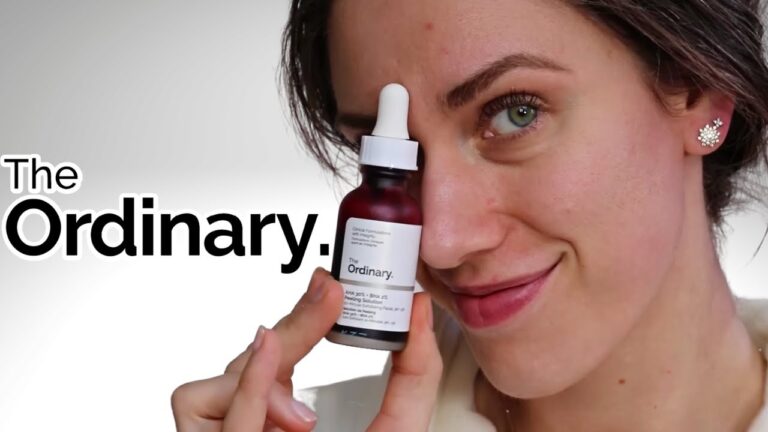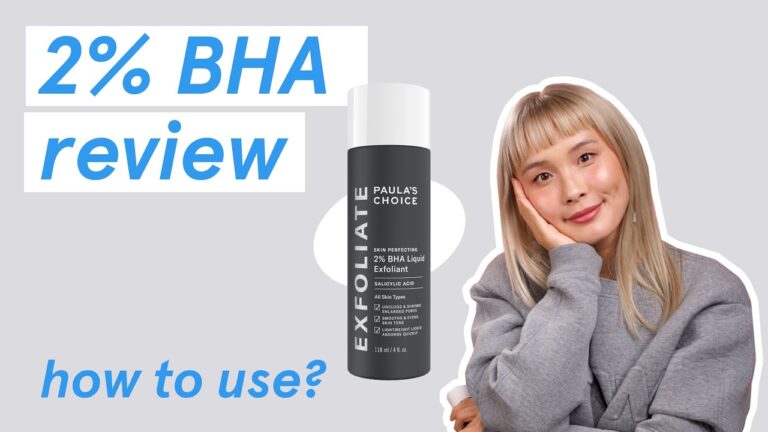Peeling 101: Everything You Need to Know for Perfect Skin!
Peeling: A Skin Care Practice that Can Transform Your Skin
Achieving healthy and glowing skin is a desire for most people, but it requires a considerable amount of effort and time. One practice that can change the game for you is peeling. Peeling refers to the process of exfoliating the skin to remove the dead skin cells on the skin’s surface, revealing a fresh and renewed layer of skin. This process is essential for maintaining healthy and youthful skin.
Peeling comes in different forms, including mechanical, chemical, and enzymatic. The choice of peeling method depends on one’s skin type and needs. Regardless of the type of peeling, the process has numerous benefits, including:
1. Helps to Minimize Wrinkles and Fine Lines
As we age, the production of collagen and elastin in our skin decreases, making our skin lose its elasticity and firmness. Peeling helps to remove the dead skin cells that make wrinkles and fine lines more pronounced by promoting the production of collagen.
2. Reduces Hyperpigmentation
Hyperpigmentation is a skin problem caused by melanin overproduction in some parts of the skin, resulting in uneven skin tone. Peeling helps to remove the outer layer of dead skin cells that harbor the excess melanin, revealing a more even skin tone.
3. Helps to Clear Acne
Dead skin cells combined with excess oil and bacteria clog the pores, leading to acne breakouts. Peeling helps to remove this dead skin layer, unclogging the pores and reducing the chances of acne breakouts.
4. Enhances Skin Hydration
Dead skin cells create a barrier to the skin, limiting the effectiveness of skincare products. Peeling removes this barrier, allowing the products to penetrate better, enhancing skin hydration.
Now that you understand what peeling is and the benefits it offers, let’s discuss the different types of peeling:
I. Mechanical Peeling
Mechanical peeling is the process of physically scrubbing the skin to remove the dead skin cells. This is achieved using a scrub or a brush. This method is suitable for people with oily or combination skin and is gentle enough to be used once or twice a week.
II. Chemical Peeling
Chemical peeling involves the use of a chemical solution to remove the outer layer of dead skin cells. The chemical solution may be made of alpha-hydroxy acid, beta-hydroxy acid, or trichloroacetic acid. This method is best suited for people with normal, dry, or sun-damaged skin.
III. Enzymatic Peeling
Enzymatic peeling utilizes enzymes to dissolve the bonds between dead skin cells, facilitating their removal. This method is suitable for people with sensitive skin as it is gentle and won’t cause skin irritation.
When peeling the skin, it’s essential to choose the right product to avoid causing skin irritation or damage. Some of the products you can use for peeling include:
I. The Ordinary AHA 30% + BHA 2% Peeling Solution
This chemical peeling solution contains alpha-hydroxy acid (AHA) and beta-hydroxy acid (BHA) that help to exfoliate and brighten the skin. It’s suitable for people with normal, oily, or combination skin.
II. St. Ives Fresh Skin Apricot Scrub
This mechanical scrub contains apricot extract and salicylic acid that help to exfoliate the skin and prevent acne breakouts. It’s suitable for people with oily or combination skin.
III. Philosophy The Microdelivery Exfoliating Facial Wash
This enzymatic peel contains natural enzymes that help to gently exfoliate the skin without damaging its natural barrier. It’s suitable for people with sensitive skin.
In conclusion, peeling is an essential practice for anyone looking to achieve healthy and youthful-looking skin. Choose the type of peeling that suits your skin type and needs, and select the appropriate product for the best results. Remember to moisturize your skin after peeling to keep it hydrated and healthy.
Most searched products:
Argireline vs Retinol: Which should come first in your skincare routine?
7+ Must-Know Shades from the No. 7 Foundation Color Chart
The Ultimate Guide to The Ordinary Euk: Benefits, Uses, and Reviews
Discover the Benefits of Renitol: The Ultimate Solution for Your Skin
How Often Should You Use Glycolic Acid? A Complete Guide
Retinol 101: A Beginner’s Guide to Using Retinol Skincare Products in the UK
All About Argerline: Benefits, Uses, and Side Effects Explained
Discover the Perfect Soothing Techniques for Ultimate Relaxation
The Ultimate Guide to Using The Ordinary Hydrochloric Acid: Benefits and Precautions











